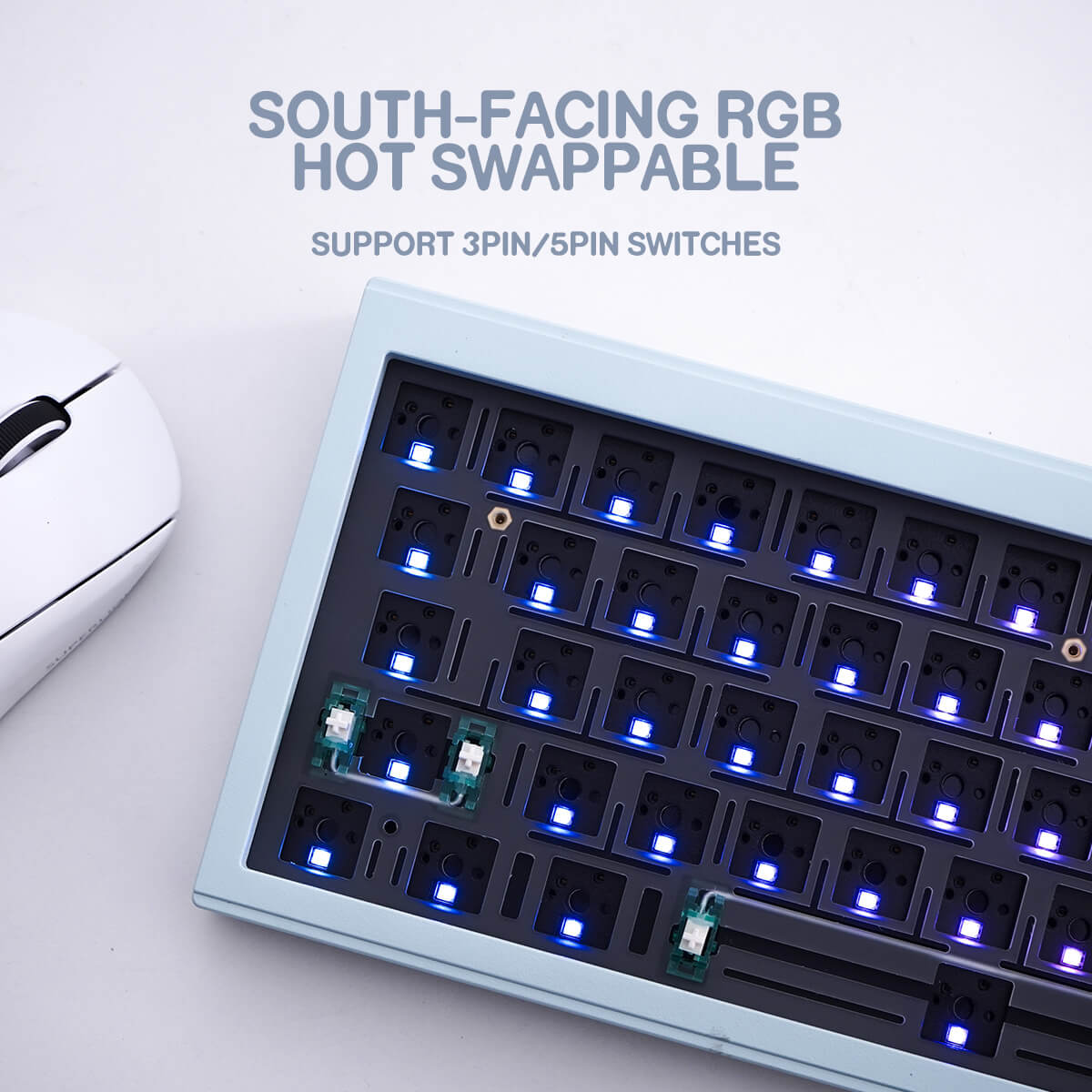Kickstands: Your Wrists’ Best Friends
(Continuing on from the above)
Typing on a flat keyboard feels like texting on a brick—it’s functional but your wrists protest. Kickstands are the ergonomic upgrade you never knew you needed. Most pop up at the touch of a finger, lifting your keyboard’s rear like a tiny throne for your palms. They’re typically plastic or sleek metal (hello, magnetic steel!), offering 3-8 degrees of tilt. Why tilt? It positions your wrists neutrally, reducing strain during marathon coding sessions or weekend novel-writing binges. Two-stage designs let you choose between “Netflix chill” (gentle tilt) and “I’ll sleep when this bug dies” (aggressive angle). Clever models even hide wireless dongles underneath—like secret compartments for your tech clutter. Think of kickstands as yoga instructors for your typing posture: subtle, transformative, and utterly essential.
Why This Trifecta Matters
Together, knobs, feet, and kickstands unlock keyboard nirvana. The knob puts control at your fingertips—volume sliders, scrolling, macros—all spun with satisfying tactility. The feet anchor your board with gecko-like grip, banishing slips and slides. The kickstand cradles your wrists, making 4 AM coding sprints feel less like medieval torture. Ignore these, and you’re driving a Ferrari on flat tires. Embrace them, and your keyboard becomes a tailored extension of you—responsive, stable, and kind to your joints.

So next time you eye a custom kit, peek beyond the switches and keycaps. Check that knob’s material (aluminum for the win). Inspect those feet (hex-patterned silicone = chef’s kiss). Test the kickstand’s angles (two-stage or bust). Because in the glorious world of custom keyboards, the devil—and the delight—is in the details. Now go forth, build wisely, and may your coffee mug never wobble again.




